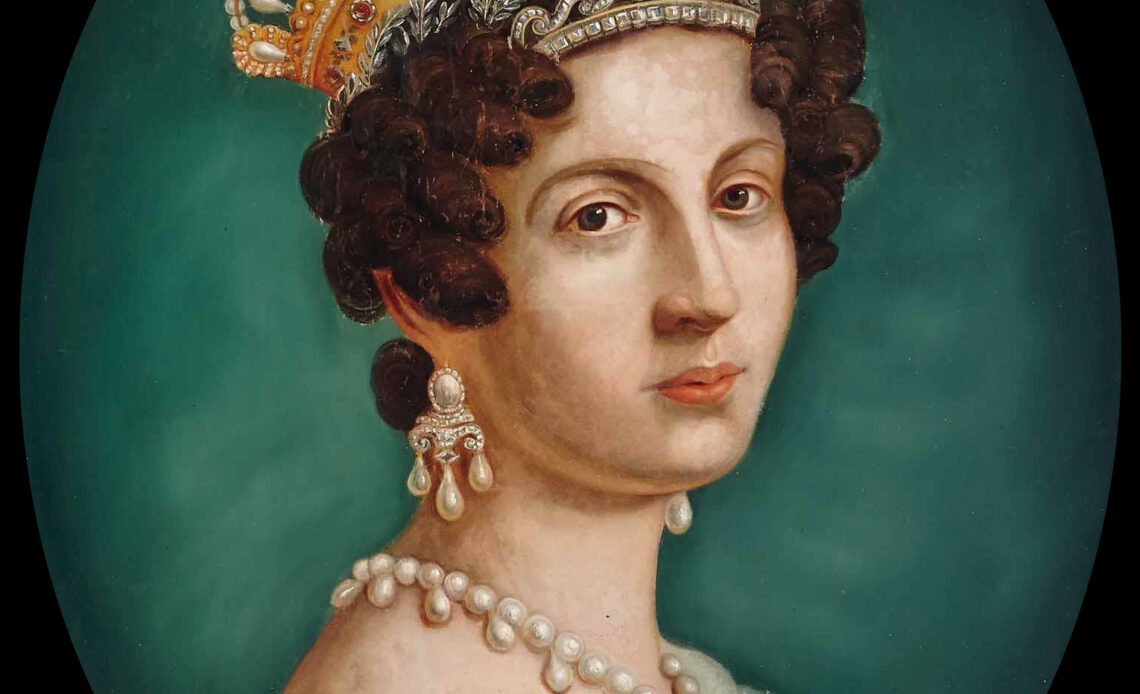
It’s now one of the most popular parties in Europe with thousands descending on Munich every year for Oktoberfest and thousands more heading to festivals inspired by the original in cities across the continent. Oktoberfest is all about music, mood and fabulous beer but it actually started as a celebration for a royal wedding for a bride who had almost become an empress.
On October 12th 1810, Princess Therese of Saxe-Hildburghausen married Crown Prince Ludwig of Bavaria in an evening ceremony held at the chapel of the castle which was home to a royal family on the rise and with links to the most powerful person in western Europe at the time – the Emperor Napoleon.
Crown Prince Ludwig’s father, Maximilian Joseph, had become Elector of Bavaria on the death of a cousin. But in the aftermath of the Peace of Pressburg which followed Napoleon’s victory at Austerlitz, he was given the title of King of Bavaria. His elevation, in early 1806, also saw Napoleon arrange a marriage between his own stepson, Eugene de Beuaharnais, and Maximilian’s daughter, Augusta.
But by then, the self proclaimed Emperor of France had other marital matters on his mind. He had had no children of his own through his marriage to Josephine and their union ended in early 1810 as he continued his quest for an heir. Princess Therese was briefly considered as a candidate to be empress but in the end, a union with the future King of Bavaria was settled on and she headed to Munich for a monarchical marriage.
This was to be no ordinary royal wedding. As first in line to a brand new throne, Ludwig had an important public role and his wedding was a PR opportunity waiting to happen. As part of the celebrations, the people of the new kingdom’s capital, Munich, were invited to huge festivities to mark the marriage.
A huge party took place in the fields just outside Munich’s gates which were named ‘Theresienwiese’ in honour of the royal bride. Beer and wine flowed freely while horse races were also staged to mark the royal marriage. There was also a parade. The event was such a success it was repeated the following year. After a brief hiatus when Ludwig and his family decided to fight against Napoleon, the festivities began again and now Oktoberfest is the world’s biggest beer and folk festival.
Ludwig and Therese became King and Queen of Bavaria in 1825. They also became something of a power couple, both taking an active interest in the politics and administration of their new kingdom. However, Ludwig’s grip on power became tighter and less in tune with changes in society. The couple whose wedding had been a show of people power ended up with a reputation for autocracy. In 1848, when he was asked to become a constitutional monarch, Ludwig refused and ended up abdicating that year. Therese died in 1854, Ludwig passed away in 1868.
By then, the beer festival inspired by their marriage was a regular fixture and a tourist attraction. It is now one of the best known cultural events in Europe and it all began with an October royal wedding.

